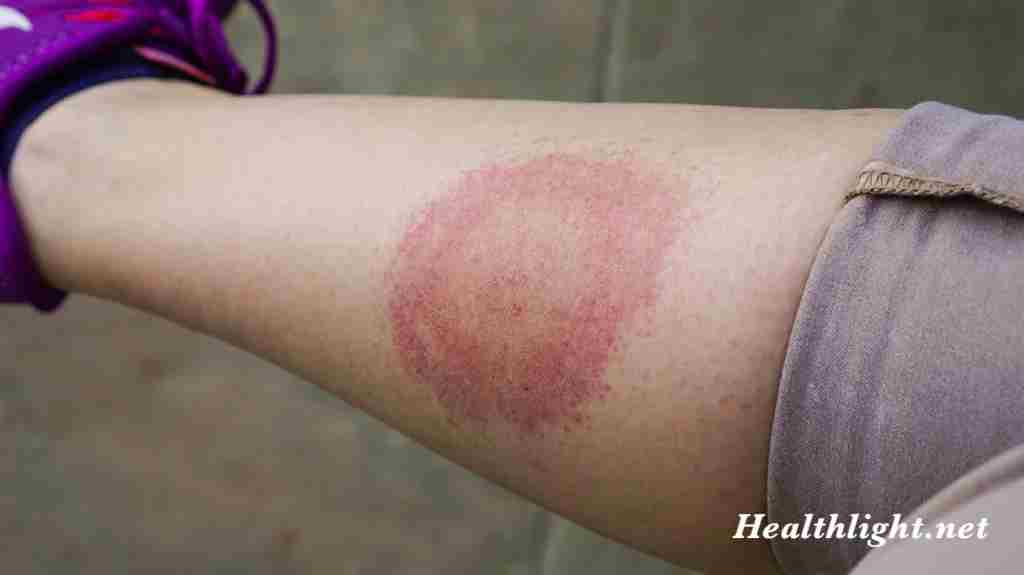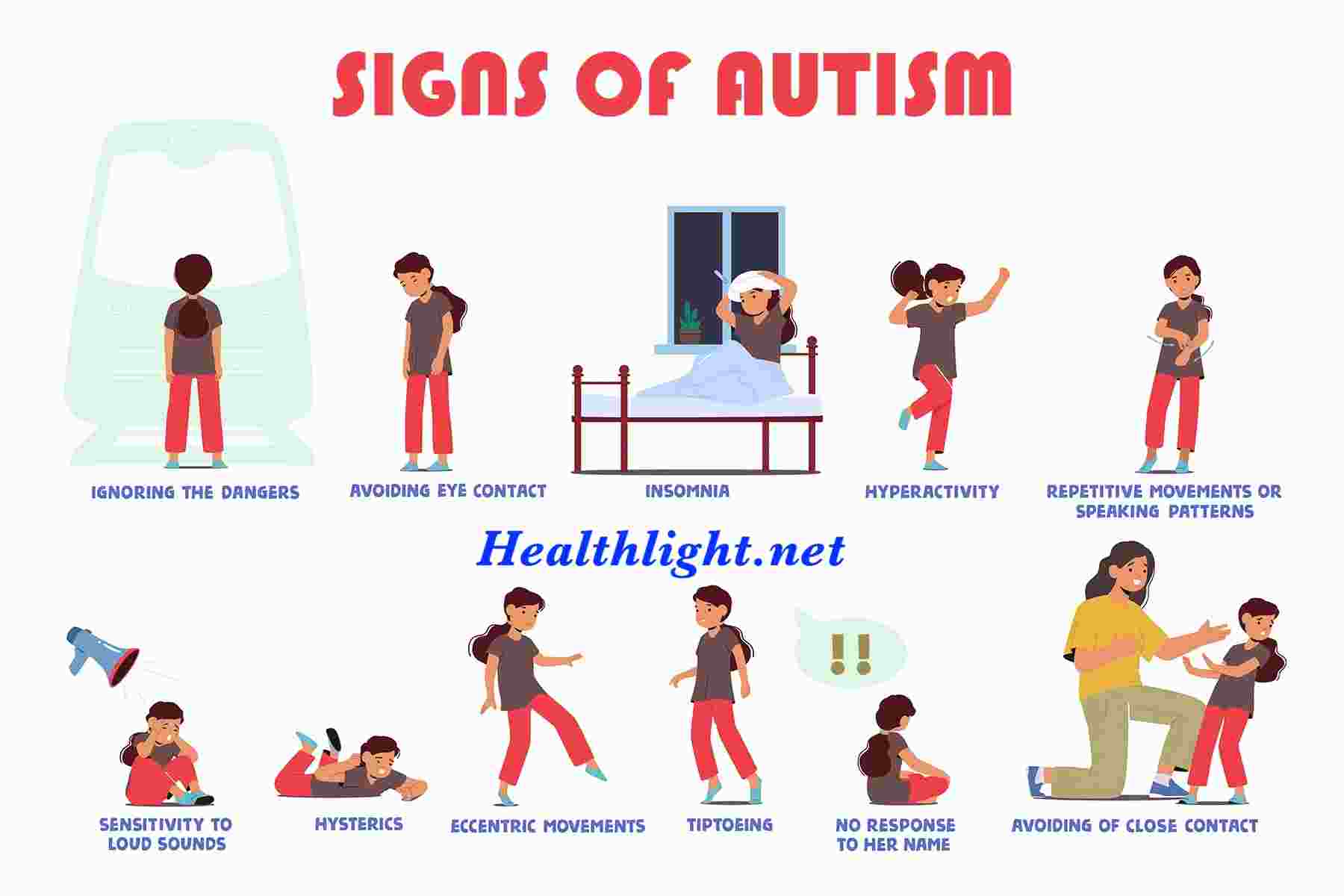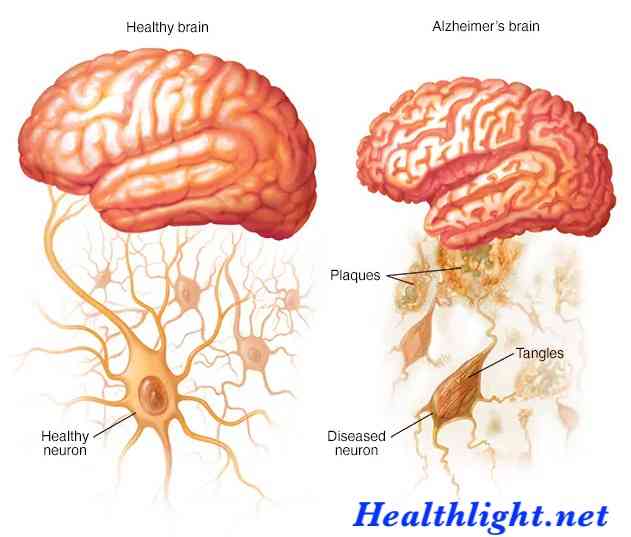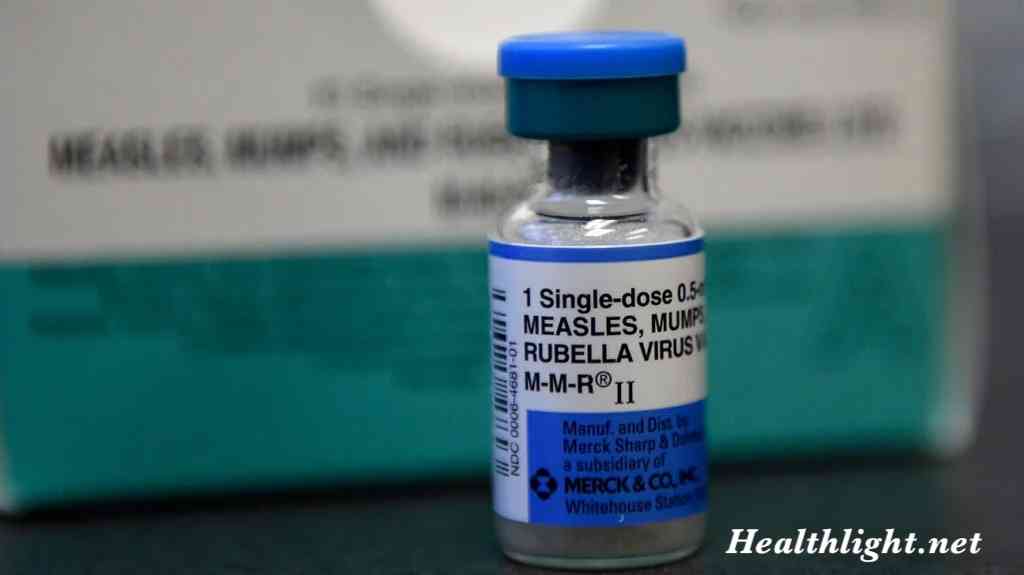Lyme disease is one of the most common tick-borne illnesses in the United States and Europe. It can affect the skin, joints, heart, and nervous system if left untreated. Because early signs may resemble flu-like symptoms, many people ignore them until the infection becomes more serious.
This guide explains everything you need to know about Lyme disease, including symptoms, stages, treatment options, and prevention strategies.
What Is Lyme Disease?
Lyme disease is an infectious illness caused by the bacterium Borrelia burgdorferi. It is transmitted to humans through the bite of infected black-legged ticks, also known as deer ticks.
Not every tick bite results in infection, but in high-risk areas, it is important to monitor for symptoms and seek medical care if needed. The infection is treatable, especially when caught early.
Symptoms of Lyme Disease:
Symptoms vary depending on the stage of infection. Some appear days after the tick bite, while others may develop weeks or even months later.
Early Symptoms (3–30 Days After Bite):
- Erythema migrans (bull’s-eye rash): A circular red rash that expands over time.
- Fever and chills.
- Headache.
- Fatigue.
- Muscle and joint aches.
- Swollen lymph nodes.
Later Symptoms (Weeks to Months After Bite):
If not treated promptly, the infection can spread to other parts of the body. Symptoms may include:
- Severe headaches and neck stiffness.
- Additional rashes on different parts of the body.
- Facial palsy (loss of muscle tone on one or both sides of the face).
- Arthritis with joint pain and swelling, especially in the knees.
- Irregular heartbeat or palpitations.
- Dizziness or shortness of breath.
- Nerve pain, tingling, or numbness in hands and feet.
- Problems with memory, concentration, or sleep.
Stages of Lyme Disease:
Doctors usually describe three stages:
- Early Localized Stage: Limited to the skin and nearby tissues (days to weeks after the tick bite).
- Early Disseminated Stage: The bacteria begin to spread throughout the body (weeks to months).
- Late Disseminated Stage: Serious complications such as chronic arthritis or neurological problems (months to years).
Causes and Risk Factors:
- Cause: The disease is caused by the bacterium Borrelia burgdorferi, carried by black-legged ticks.
- Risk factors include:
- Spending time in wooded or grassy areas
- Living in regions where infected ticks are common (Northeast, Midwest, and parts of Europe)
- Having exposed skin while outdoors
- Owning pets that spend time outside
Diagnosis:
Diagnosing this condition can be tricky because symptoms mimic other illnesses. Common tests include:
- ELISA test: Detects antibodies against the bacteria.
- Western blot test: Confirms infection after ELISA.
- Physical examination: Checking for rash, swelling, or neurological signs.
Doctors also review medical history and possible tick exposure.
Treatment:
Early Stage Treatment:
- Oral antibiotics such as doxycycline, amoxicillin, or cefuroxime are usually prescribed.
- Treatment typically lasts 10–21 days.
Advanced Stage Treatment:
- Intravenous (IV) antibiotics may be needed for neurological or severe joint symptoms.
- Anti-inflammatory medication may be prescribed for arthritis.
- Physical therapy can help with joint stiffness and muscle weakness.
Early treatment is highly effective and prevents long-term complications.
Prevention of Lyme Disease:
The best way to protect yourself is to prevent tick bites.
Tips for Preventing Tick Bites:
- Wear long sleeves, pants, and closed shoes when outdoors.
- Use insect repellent containing DEET or permethrin.
- Avoid walking through tall grass or dense bushes.
- Check your body, clothing, and pets for ticks after being outdoors.
Safe Tick Removal:
If you find a tick attached to your skin:
- Use fine-tipped tweezers to grasp the tick as close to the skin as possible.
- Pull upward steadily without twisting.
- Clean the bite area with soap, water, and antiseptic.
Living with Lyme Disease:
For some people, symptoms can persist even after treatment. This is sometimes called Post-Treatment Lyme Disease Syndrome (PTLDS). Common lingering issues include fatigue, joint pain, and memory problems.
Doctors may recommend:
- Physical therapy.
- Pain management strategies.
- Support groups for emotional well-being.
Lyme Disease vs Other Conditions:
Because symptoms are often nonspecific, this illness can be mistaken for:
- Fibromyalgia.
- Chronic fatigue syndrome.
- Multiple sclerosis.
- Arthritis.
Accurate diagnosis is important for effective treatment.
Conclusion:
Lyme Disease is a serious but treatable infection. Recognizing early symptoms such as the bull’s-eye rash, fever, and fatigue is key to preventing complications. With timely diagnosis, proper antibiotic treatment, and preventive measures, most people recover fully.
FAQs About Lyme Disease:
How long after a tick bite do symptoms appear?
Usually within 3–30 days, but sometimes later.
Can Lyme disease be cured?
Yes, most cases are cured with antibiotics if treated early.
Is it contagious?
No, it cannot be spread from person to person.
Do all ticks carry the bacteria?
No, only infected black-legged ticks transmit the disease.
What happens if it is left untreated?
It may lead to arthritis, heart problems, and neurological issues.







